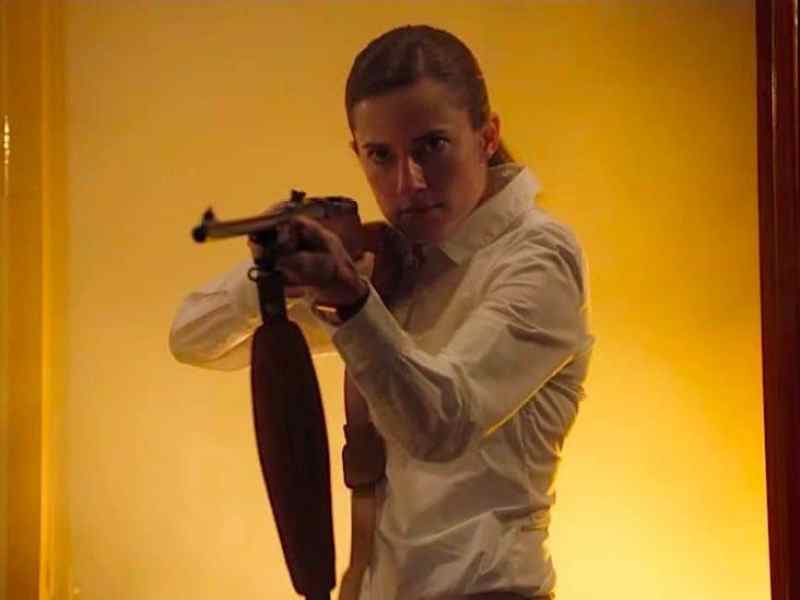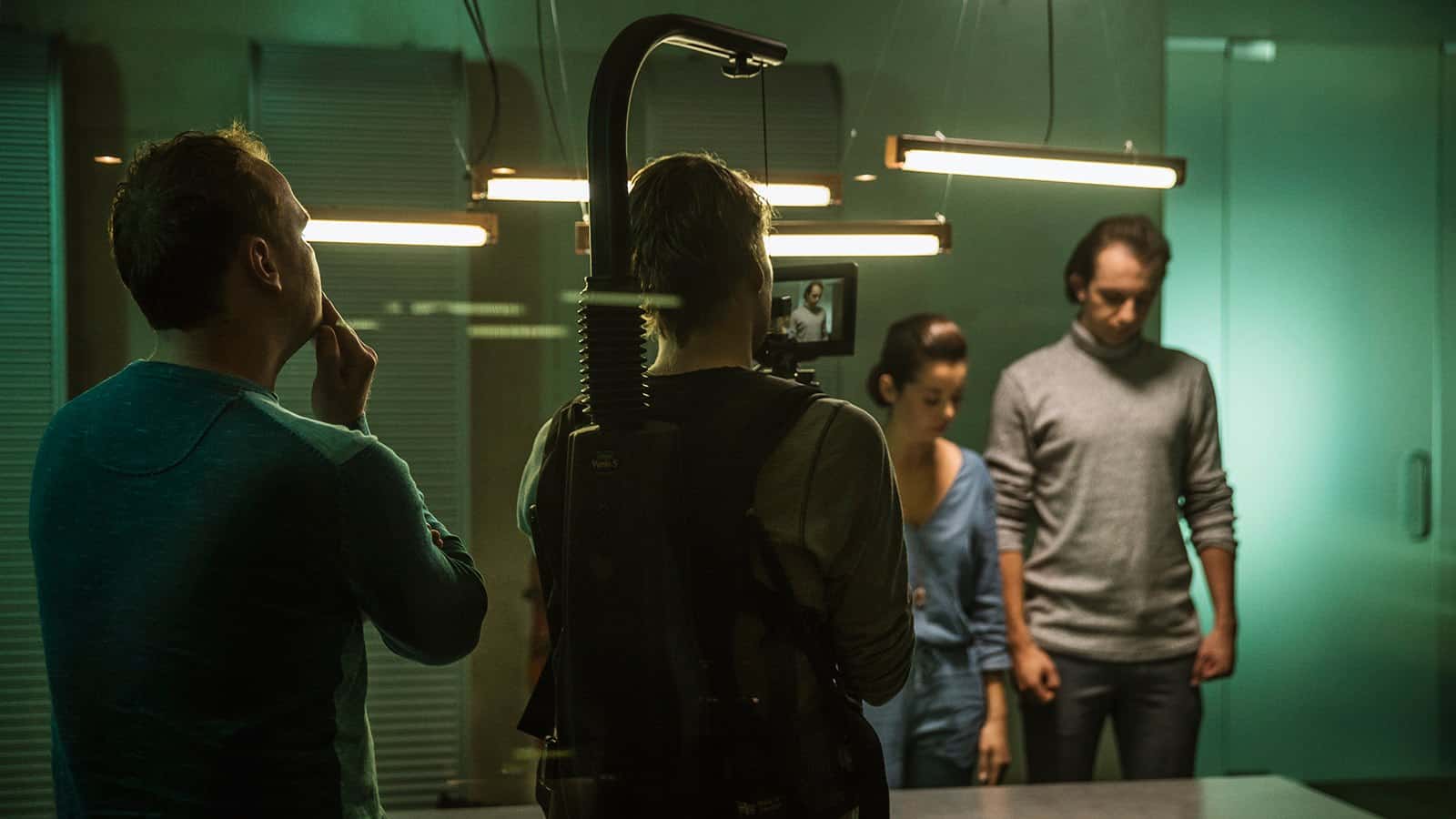Jordan Peele’s directorial debut Get Out is a stellar film, completely warranting its academy award for Best Screenplay. Get Out is funny, horrifying, incredibly poignant with its racial commentary and above all, very cleverly written. There’s a lot to talk about with this film but for now, we’ll focus on its use of foreshadowing.
Put simply, foreshadowing is giving the audience a hint of things to come. Whenever you’re writing a plot development, you need to bear in mind how willing the audience will be in accepting it. Including foreshadowing as a plot device earlier in the script will make the implementation of future plot developments smoother, because you’ve already planted the idea in your audience’s heads that this was a possible path to go down. Even if at the time, they weren’t aware of it.
In any narrative, you have to consider how you’re going to set the mood and convey certain messages. This is often done with motifs. Even when they don’t have a significant presence in the plot, they’re important for the way they can imbed subliminal messages in your audience. Your motifs, early in the film, are likely to be your largest source of foreshadowing. Subliminal foreshadowing tends to be the most difficult to execute successfully but also the most fun for you, as a screenwriter to experiment with. The intention here is to portray something very natural which will only have undertones of something else given the context you put it in. In Get Out we’re introduced to protagonist Chris while he’s shaving, blocking out his face with white foam. Meanwhile, Rose is busy carefully scrutinising which doughnut she’s going to buy. Both of these scenes are completely innocuous but signal at events to come and it’s only the use of a foreboding Childish Gambino song here that we, the audience, are put on edge at all.

Of course, there are times when you’ll want to be more obvious with your foreshadowing. Entire plot points can hint at something to come or be revealed. It’s at this time when you don’t want to be satisfied with simply putting your audience on edge; you want to make them question what you’re showing them. Of course, here, the trick is for the answer to not be readily available and so your audience will be split between several answers. Get Out’s marketing did a great job in showing off press-release images of the hypnotism and fooling its audience to think that that was the main focus of the film. As a writer, you have to consider what your audience will already know about your film and their preconceptions watching it. Your job is then to use that to throw them off. Watching Get Out we’re led to think that Walter and Georgina are being hypnotised and forced somehow to be the Armitage family’s slaves. Our first sign that this isn’t the case comes up when the party guests arrived and are greeted with friendly hugs and kisses from the apparent maid and groundskeeper. You know something isn’t right but not yet what is wrong. Alternatively, it’s important to think how knowledge of the film’s events will actually make certain actions or dialogue stand out even more. When Rose back-talks a cop who asks Chris for his ID, we feel strongly for her character as in the context of first viewing, she’s protecting her boyfriend from the institutionalised racism imbedded in the police. A second viewing of Get Out however, reveals Rose’s true intentions to be making sure that there’s no paper trail linking Chris to anywhere near her family’s estate. The family’s obsession with Chris’s smoking habit is also revealed to be of no concern for his health but for concern of how it will affect his body’s worth at auction. This is the type of hidden foreshadowing that’s becoming increasingly popular in film, not merely for its bold cleverness but as a means to increase its rewatch value.

When thinking of foreshadowing, our minds do tend to go straight to the massive plot twists. The reveals, the character deaths, and so on. We’ve entered this age of media consumption where videos explaining plots or theorising about upcoming plot developments have taken over. But foreshadowing is also necessary in setting your scene or making sure your audience is aware that a certain object exists. This is so when it becomes relevant, your character hasn’t pulled it out of thin air. Towards the start of Get Out, Rose runs over a deer. Now the deer is a massively metaphorical recurring motif in the film and I could probably write a whole article on its usage in that way alone. Focusing on it as a foreshadowing device, we first see Chris stare blankly at its dying body. We later learn of the hit-and-run that killed his mother and we believe this because we already had such a pained emotional reaction from Chris regarding the deer after being hit. The deer also returns after Dean’s comments about hating and hunting deer when we see a stag head, lifelessly staring at Chris while he struggles to escape being hypnotised by the Coagula video. It’s obviously a reverse of Chris’s previous encounter, which is a great image and, to its credit, it doesn’t feel out of place due to Dean’s comments.

Images, are of course, film’s greatest narrative strength and this element lends itself well when thinking of ways to include foreshadowing. When reading a novel, you notice every detail because you’re reading about them and you know that when something is included, it’s there for a reason. Now, that’s not the case with film. A script writer won’t decide exactly what every character is wearing in every scene. There are other departments on a film set to deal with that and limitations of what’s available. While this might sound to film’s disadvantage, it means that a writer’s choices can sometimes remain hidden amongst props. Walter, Georgina and Logan all wear hats or a wig. While in the case of Georgina, there’s more attention pulled towards it, in the case of the men, it looks like a costume choice and flies under the radar of most people. This means the revelation that these headpieces are hiding the scars of brain surgery is a big surprise when revealed but right under the audience’s noses the entire time. Novels, in prose, will always have a harder time writing subtle foreshadowing. Thankfully, dialogue exists.
Dialogue is another way of implementing foreshadowing, whether it be something in the background or in focus. A college ad’s slogan “A mind is a terrible thing to waste” can be easily missed when it plays over a scene but when caught, instantly makes you realise the foreboding tone of the message. At the beginning of the film, Rose makes a promise to Chris that her Dad wouldn’t chase him off the property with a shotgun. When events come to pass, Rose is good on her word as it’s her wielding the weapon with the intent to kill, not scare. It’s also important to note how much this call back to a joke represents how far things have progressed over the narrative. When your foreshadowing can achieve such an effect, as to make your audience rethink how they’ve been brought to where you’ve brought them, then it’s done its job well.

by Reece Mawhinney
(Featured images from Get Out, courtesy of Universal Pictures)



You must be logged in to post a comment.